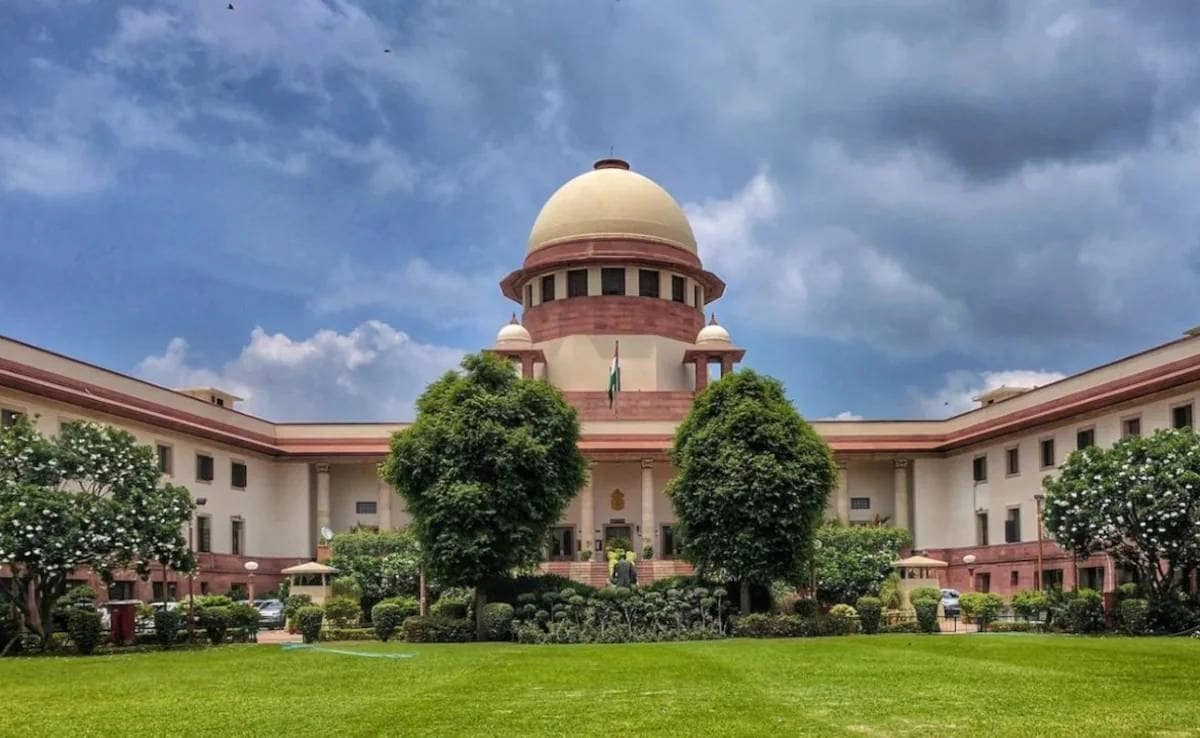In a recent ruling, the Supreme Court addressed the contentious issue of hate speech in relation to social media, specifically focusing on the case of a man arrested for his posts online. The court emphasized that while freedom of expression is a fundamental right, it is not absolute. The decision highlights the delicate balance between protecting individual rights and ensuring public order. The case has sparked significant debate about the limits of free speech, particularly in the digital age, where social media platforms can amplify harmful rhetoric almost instantaneously.
The court’s ruling reiterated that hate speech, which incites violence or discrimination against particular groups, can have severe societal repercussions. In this context, the justices acknowledged that the man’s posts not only reflected personal beliefs but also had the potential to influence others negatively. The legal framework surrounding hate speech varies significantly across jurisdictions, and this case serves as a critical reminder of the need for clear guidelines that protect individuals from harm while upholding the right to free expression.
Furthermore, the ruling has implications for how social media companies manage content on their platforms. As digital communication continues to evolve, the responsibility of these companies to monitor and regulate harmful speech becomes increasingly complex. The court’s decision may lead to more stringent policies regarding the monitoring of hate speech, compelling social media platforms to take a more active role in ensuring that their users do not disseminate harmful content. This case ultimately underscores the ongoing struggle to define the boundaries of free speech in a society that is becoming ever more interconnected through digital means.
As the dialogue surrounding hate speech and freedom of expression continues, this ruling may influence future cases and legislative efforts aimed at mitigating the impacts of online hate. It invites a broader societal reflection on how to effectively address hate speech without infringing upon the rights of individuals to express their opinions. The Supreme Court’s decision highlights the necessity for ongoing discourse about the responsibilities that come with the right to free speech, particularly as society grapples with the realities of an increasingly polarized digital landscape.




